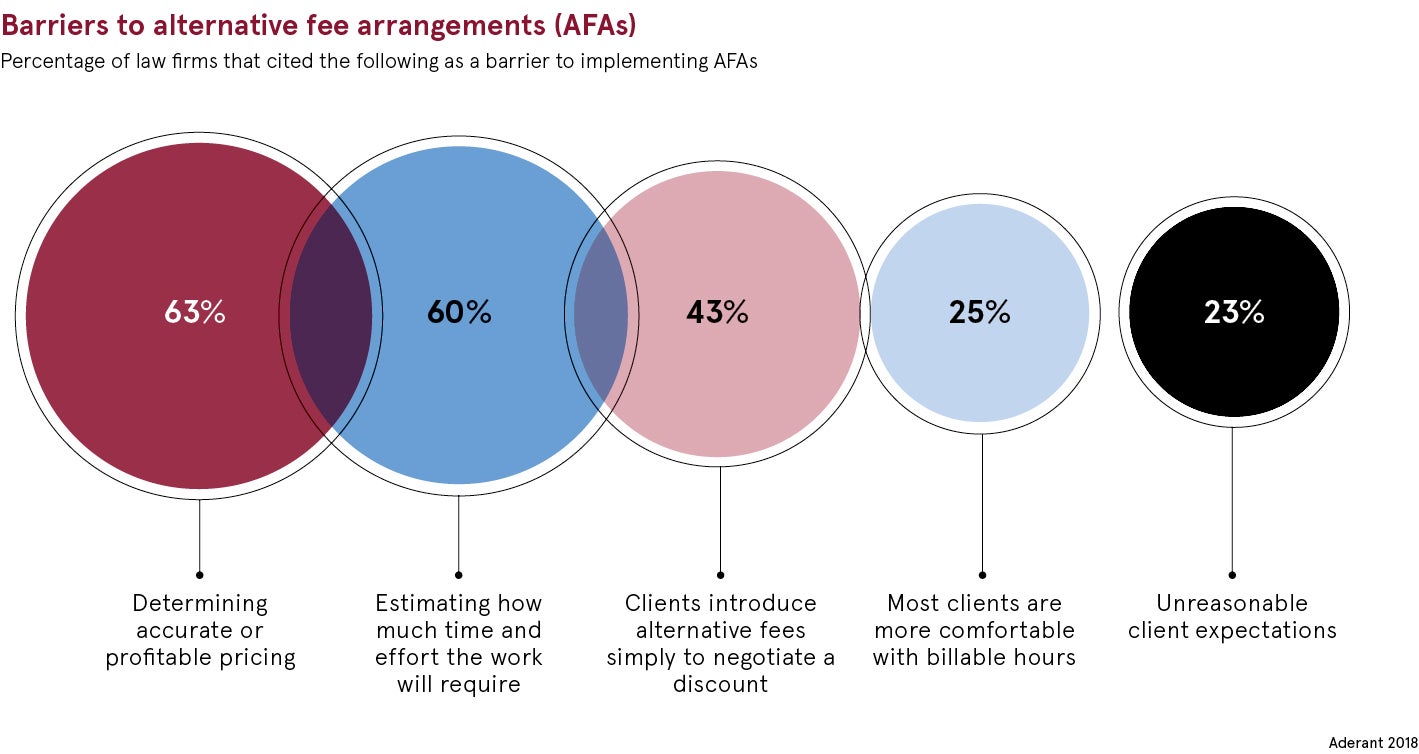Faced with spending cuts by clients, stiffer competition from upstart legal services providers, and the rise of automation and artificial intelligence (AI), law firms’ traditional model of the billable hour may have had its time in the sun.
If predictive analytics and AI kill off the billable hour for good, they may also prove to be the saviour of a profession that has been under pressure to change for years
“Law firms are looking for different ways to charge for their services, especially in the corporate market where clients are just not accepting the old way of billing,” says Dani McCormick, director of solutions at Lexis Nexis.
Billable hour alternatives price up value, rather than time spent
The billable hour has long been the bedrock of how the legal profession works out how much to charge clients for their services. Fee earners log the time they spend on client work each day, usually in six-minute increments, and this helps them to provide clients with accurate bills and keep track of annual billing targets.
While this model was effective in the past, critics say its rigid structure is incompatible with the current market, where clients are more price conscious, and see more value in project-based pay and success fees.
Most legal work these days merits an alternative billing method, says Nick Pryor, regional innovation solutions director for Europe, the Middle East and Africa at Bryan Cave Leighton Paisner.
He says his firm frequently prices work according to the value of the solution provided to the client, rather than by the hour, adding: “Our lawyers’ contribution is augmented by a diversity of other tools and skills, and so it rarely makes sense to price solely by reference to the lawyer’s time investment.”
Crucially, Mr Pryor says his firm’s early adoption of data analytics played a crucial role in the way it bills clients. “This makes it easier and more reliable to predict the legal effort involved in resolving different matters, which in turn enables law firms to provide more price certainty to their clients and share the risks more effectively,” he says.
Gerard Endedijk, partner at Rutgers & Posch, Globalaw, agrees. “The traditional hourly-rate system is losing importance and alternatives, such as fixed fees, capped fees and success fees, are seen more frequently,” he says. “Clients emphasise the value law firms create for business issues, more than the actual time lawyers spend on cases.”
Data analytics and AI have made the billable hour redundant
The rise of data analytics and AI mean much of the grunt work, which clocked up countless billable hours in the past, can now be achieved in a fraction of the time.
According to Luminance, the AI platform, the same document review task, which would take 15 hours for paralegals and junior lawyers to complete at a law firm, takes just ten minutes through its platform.
Yet Emily Foges, chief executive of Luminance, is quick to point out the platform is intended to enhance a law firm’s capabilities rather than render staff redundant.
“If you save 50 per cent of your time on your review, I would hope you spend the remainder of your time on analysing the data and giving your client the best advice,” she says. “I don’t think AI can ever replace the lawyer. The technology is there to augment the firm; to supercharge the lawyer.”
If predictive analytics and AI kill off the billable hour for good, they may also prove to be the saviour of a profession that has been under pressure to change for years.
Client expectations mean legal sector must embrace technology
Alex Purvis, client manager at automation platform Thoughtonomy, says the legal sector has been much more proactive at adopting technology because they see the benefits both in terms of employee development and client retention.
“Law firms don’t really have a choice when it comes to adopting technology because the expectations of their clients is rapidly changing,” says Ms Purvis. “They realise that some of these innovations, especially in the back office, will give you more time to be competitive and win more business.”
More importantly, tech is likely to lead to commodification in the legal sector, where work that is easily automated moves away from the traditional firms towards alternative service providers, Mr Endedijk says.
Ben Stoneham, chief executive of process automation platform Autologyx, agrees. “We see the legal market becoming very transactional, especially for the more routine legal matters where there is little qualitative input,” he concludes.
Billable hour alternatives price up value, rather than time spent

